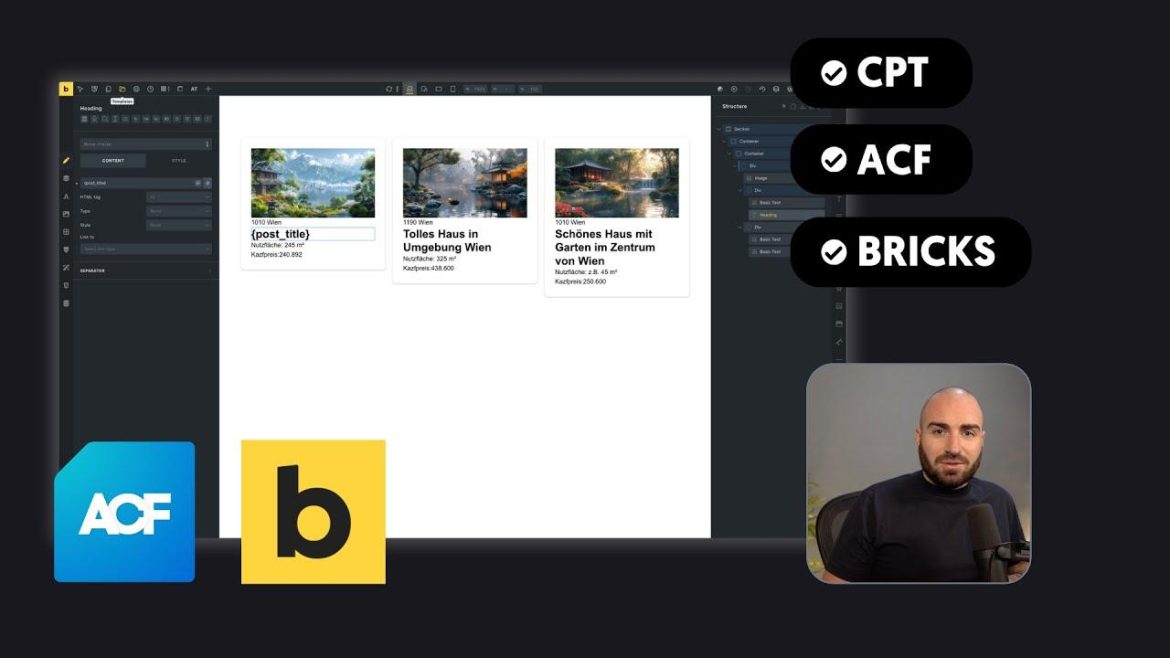In an age where information flows like water and the written word has transcended the bounds of paper, e-book readers have surfaced as modern companions for readers seeking convenience without sacrificing their literary passions. With sleek designs and the promise of an entire library at your fingertips, these devices offer a digital escape that traditional printed pages may struggle to provide. Yet, as we dive into this brave new world of reading, it’s essential to weigh the pros and cons that accompany this innovation. Are e-book readers the saviors of the literary world, or do they pose risks that could alter our reading experiences forever? Join us as we decode the landscape of e-book readers, exploring their perks, pitfalls, and the nuanced choices facing contemporary bibliophiles.
Navigating the Digital Page: Understanding the Advantages of E-Book Readers
When it comes to embracing the digital revolution, e-book readers stand out as a transformative tool for avid readers. These sleek devices offer a plethora of **advantages** that cater to the modern reader’s lifestyle. First and foremost, the **portability** of e-book readers allows users to carry an entire library in their hands, eliminating the burden of heavy bags filled with physical books. Additionally, many models come equipped with features that enhance the reading experience, such as adjustable **font sizes**, **background lighting**, and **built-in dictionaries**. Moreover, the convenience of instant access to thousands of titles through online stores means that readers can explore new genres and authors with just a few taps. With **long-lasting battery life**, e-book readers can provide uninterrupted enjoyment for days, making them ideal companions for travel or daily commutes. All these factors coalesce to create a user experience that extends beyond traditional reading, fostering a new era of literary exploration.
| Feature | Advantage |
|---|---|
| Portability | Carry thousands of books effortlessly |
| Adjustable Settings | Personalize reading experience to suit preferences |
| Instant Access | Shop for new titles anytime, anywhere |
| Battery Life | Read for weeks on a single charge |
Balancing the Experience: Addressing the Drawbacks and Finding the Right Fit for You
Finding the perfect e-book reader can be a juggling act, as each device comes with its own set of strengths and drawbacks. To help you navigate this landscape, consider the following factors that might influence your decision:
- Screen Quality: Look for e-readers with high-resolution displays for a more comfortable reading experience.
- Battery Life: Opt for models that boast extended battery life; some last for weeks on a single charge.
- Content Accessibility: Ensure the device supports a variety of formats and offers access to a wide range of e-book retailers.
- Weight and Portability: Lighter models can enhance your reading experience, especially for long reading sessions or travel.
- Price Point: Evaluate your budget against the features offered, as prices can vary significantly across models.
Additionally, it’s essential to consider the software ecosystem, as it can affect your overall experience. Many e-readers come with built-in features that enhance usability, such as:
- Annotation Options: Highlighting and note-taking capabilities can be crucial for students or avid readers.
- Integrated Dictionaries: A built-in dictionary can enrich your reading experience by making definitions just a click away.
Ultimately, aligning these features with your personal reading habits will guide you towards the right e-reader that meets your unique preferences and needs.
To Conclude
As we draw the curtain on our exploration of e-book readers, it’s clear that these devices embody a complex interplay of convenience and compromise. For many, the allure of instant access to an entire library in the palm of their hand is an enticing prospect, promising to redefine our reading habits. Yet, as we’ve seen, this digital transformation is not without its trade-offs—be it the tactile joy of turning pages or the impersonal nature of screens.
Ultimately, prepped with a clearer understanding of the advantages and drawbacks, readers stand at a crossroads, empowered to make choices that align with their lifestyle and preferences. Whether one embraces the futuristic embrace of e-ink pages or cherishes the time-honored tradition of printed literature, the heart of the matter remains: what matters most is not the medium, but the magic of stories that connect us to worlds beyond our own.
In a rapidly evolving landscape of literature, the decision lies with you. Will you navigate the digital expanse of e-books, or revel in the sanctuary of printed pages? The choice is yours—happy reading, whatever path you choose!


